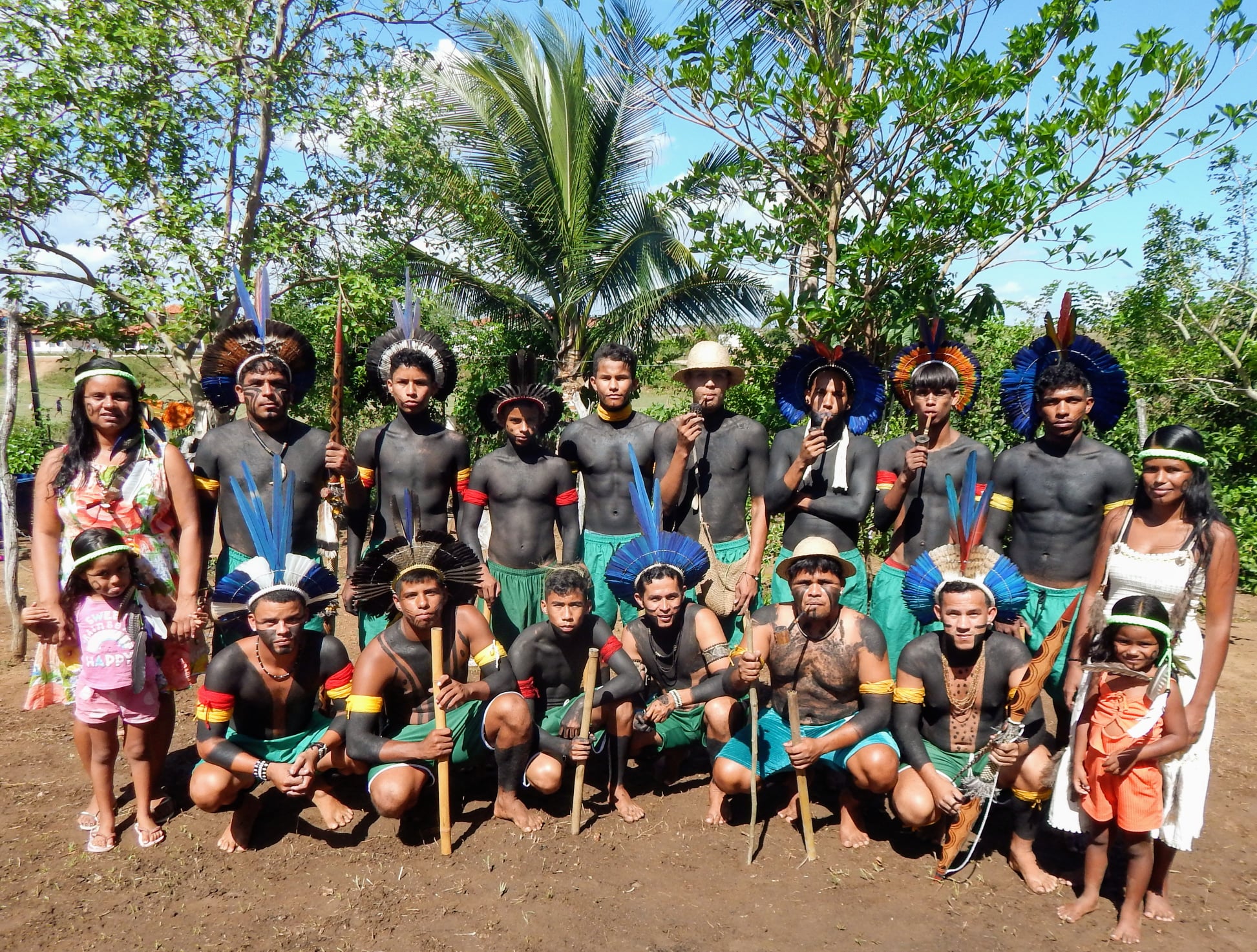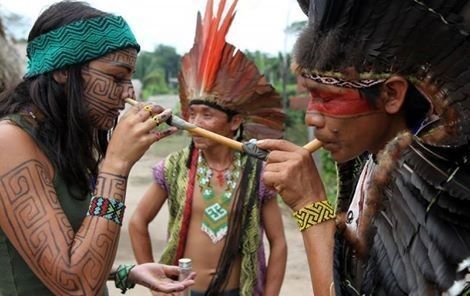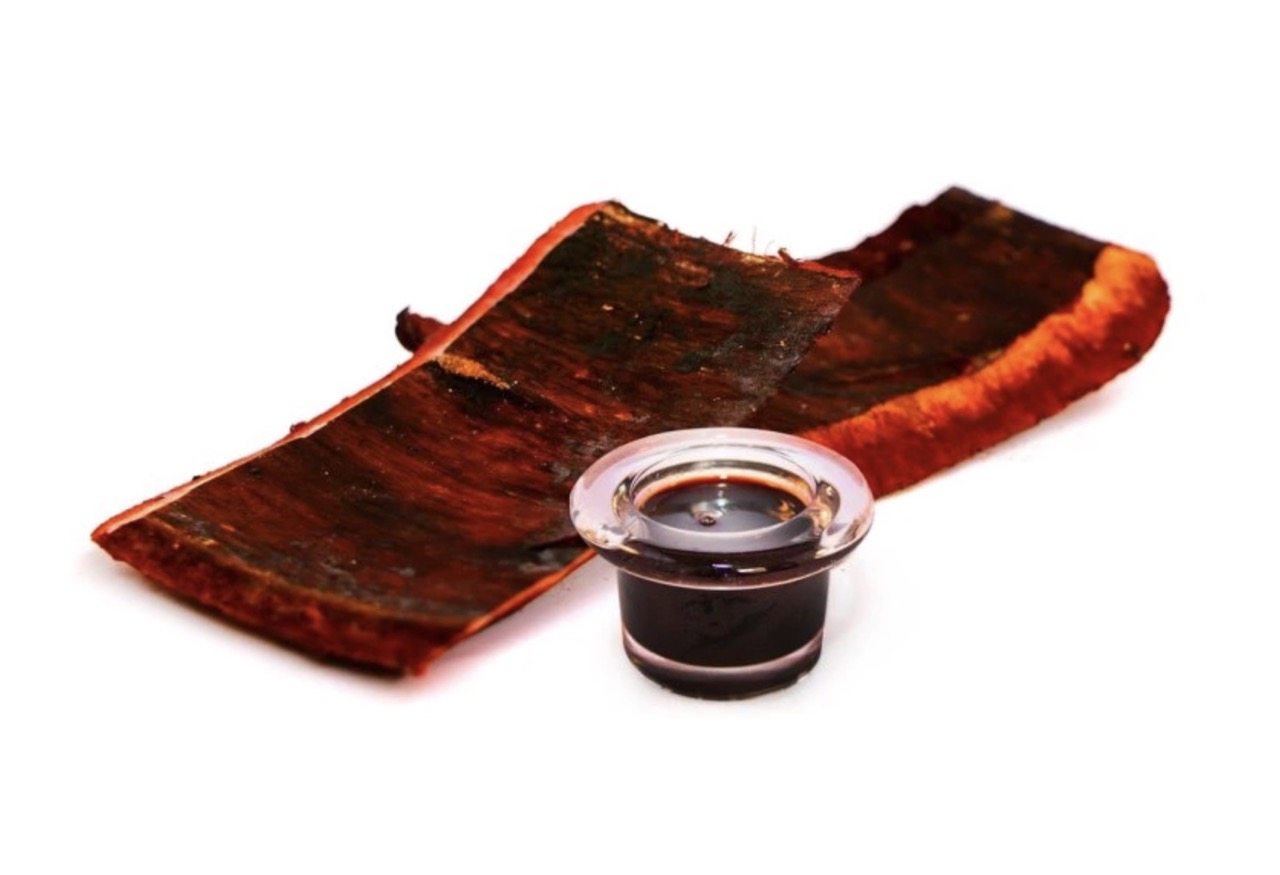
Kariri-Xocó tribe
The Kariri-Xocó: A Proud People Holding Space for Spirit and Tradition
Nestled along the banks of the great São Francisco River in the Brazilian state of Alagoas, the Kariri-Xocó community is home to around 2,500 Indigenous people. Their land, officially spanning nearly 700 hectares, sits in the town of Porto Real do Colégio, blending with the urban outskirts in what’s often called an “ethnic neighborhood.”
But within this modern context lies something deeply sacred and powerful — the enduring Kariri-Xocó spirit.
This community is the result of the unification of two ethnic groups: the Kariri and the Xocó. Their identity is beautifully complex, and one of the most vital elements of that identity is their sacred forest known as Ouricuri. Hidden within this protected space, spiritual rituals are carried out in secret — a tradition that connects the people to their ancestors and to the land itself.
Ouricuri is far more than just a forest. It’s a sanctuary — a place where untouched nature meets deep spiritual practice. The Kariri-Xocó hold ceremonies there twice a month, and every year they spend two full weeks in sacred retreat, reaffirming who they are in a world that often tries to forget.
As pajé Júlio Suíra wisely said, “Civilization soils the Indian; Ouricuri is the place for us to cleanse ourselves.”
It is here, away from outside eyes, that the community finds balance, healing, and connection.
However, not everything has been easy. The Kariri-Xocó people have faced challenges – limited land demarcation, urban encroachment, and environmental damage from nearby dams have all taken a toll. To support themselves, many now turn to craft-making and art, sharing their culture through beautiful, handmade expressions.
There’s hope, though. FUNAI, Brazil’s Indigenous affairs agency, has proposed expanding the Kariri-Xocó’s territory to over 4,400 hectares, recognizing the deep roots and rights of this community.
In every bead, every carving, every ritual in the Ouricuri forest, the Kariri-Xocó people keep their spirit alive. They remind us that tradition, even when tested, can endure — especially when it's guarded with heart, unity, and reverence for the sacred.
Hapé sacred medicine, shamanic snuff
Hapé or Rapé (Hapeh, Rapeh, Hapey) is legal and sacred shamanic medicine from the Amazon, pronounced "ha-peh" in English, is a fine powder prepared from Mapacho and a mixture of herbs, seeds, and a...
Kariri-Xocó tribe
The Kariri-Xocó: A Proud People Holding Space for Spirit and Tradition
Nestled along the banks of the great São Francisco River in the Brazilian state of Alagoas, the Kariri-Xocó community is...
Dragon’s Blood – A Natural Treasure from the Amazon
Dragon’s Blood is a rare and powerful resin hand-harvested from wild-growing trees deep in the Peruvian rainforest. It comes from the Croton Lechleri tree, also known as Sangre de Drago or Sangre d...
Embodiments of Master Saint Germain
In the 11th century BC, Saint Germain was embodied as the prophet Samuel. Saint Germain was embodied as Saint Joseph, the father of Jesus and the husband of Mary.
• In the late 3rd century, he ...





